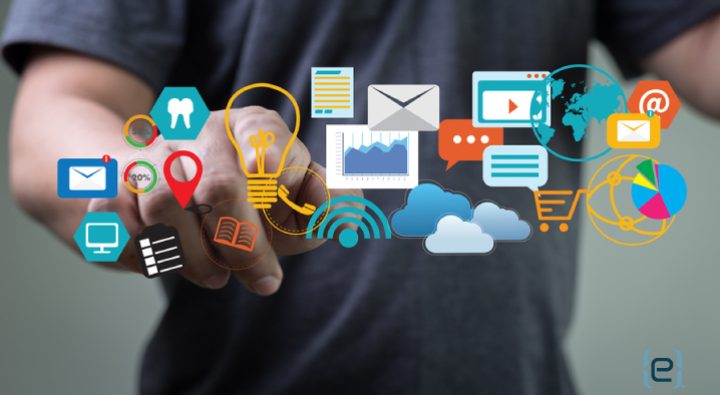Retail technology continues to shape the retail landscape, and small business retailers must adapt or fall behind. However, the 2018 retail technology trends appear to be less about discovering recently-hatched innovations and more on thoughtfully redesigning business models to get the most out of maturing technologies.
With the digital transformation, consumers find it easier than ever to switch brands. For instance, while standing in a home improvement store, a customer can comparison shop and even purchase from a competitor, all from a smartphone.
In this dynamic environment, retailers need renewed commitment to the customer experience. Personalization, mobile readiness and omni-channel consistency are critical. Data analytics and efficient inventory management provide the agility to make the experience possible.
Make it Personal
From initial engagement through product purchase and post-sales interactions, retail technology offers a variety of ways to customize the shopping experience. With many tech options reaching the mainstream, small businesses can now afford to build them into their overall strategy.
- New, more advanced Guest Wi-Fi technology not only provides an expected customer service, but also enables the retailer to tailor marketing to a customer’s preferences and location in the store.
- 3D printing allows for a dynamic design process and offers shoppers fully customized products.
- Artificial intelligence (AI) functionality, available with popular CRM platforms like Salesforce, now benefits small businesses. It can automatically derive useful insights from customer data to streamline marketing efforts and improve the customer experience.
- With machine learning, built into some cloud-based applications, post-sales marketing reflects a customer’s buying patterns and anticipates needs.
As a cautionary note, while the data gathered through artificial intelligence and machine learning can inform business decisions, use it mindfully. Customers appreciate a personal touch but dislike the feeling that “big brother” is watching.

Mobile First
Last year, we noted the rise of mobile commerce. In 2018, look for more customers to use mobile not just to browse or compare but to complete the purchase process. Retailers need to be prepared with mobile-first strategies, not simply a mobile presence.
Make sure customers can find your app easily and that the web and app presence sync seamlessly. Know mobile shopping trends and adjust accordingly.
For example, mobile shoppers are more likely to seek advice on social media. They are also more likely to shop while on the go, thus demanding a more efficient shopping experience with minimal clicks.
Not only do mobile customers need to browse quickly, but the checkout process must be smooth and efficient. Too much information to enter, too many screens to navigate, and customers will abandon their carts. Digital wallet options dramatically increase mobile sales.
Blending the Physical and the Digital
The digital transformation need not mark the end of brick and mortar stores. But it does mean a seismic shift in how retail businesses operate if they are to be successful. While big box stores struggle in the Amazon age, small retailers stand to benefit.
A minimalist, tech-enabled approach allows businesses of all sizes to focus on customer experience and carve out a vital place in the community. For this to work, the online presence and physical store must complement each other, not just in appearance, but also in inventory and purchase process.
For example, customers working with a personal stylist in-store should be able to complete a purchase either through mobile point-of-sale or directly on their smartphones. Likewise, customers who began a purchase online can then continue the process in store without interruption. Tech-informed sales associates bridge the digital and physical experience.

Inventory Optimization
For brick and mortar to mesh with the digital world, businesses need to adjust to a more agile inventory. Using a pooled inventory for in-store and online purchases offers more fulfillment options. The data gathered can also provide key insights into customer behavior, allowing for more efficient inventory management.
Retailers will be able to predict inventory need with more accuracy, allowing for leaner inventory, speedy delivery and reduced fulfillment costs. A smaller business footprint means lower operating costs, and customers benefit from both in-store experience and product availability.
Making the Most of 2018 Retail Technology Trends
The 2018 retail technology trends suggest that the playing field is leveling out somewhat. Tech options designed to increase efficiency and personalize the customer experience are accessible more than ever to small businesses.
Savvy business owners will more accurately assess shopping behaviors and respond with targeted customer experiences. The blending of virtual and physical stores will open new vistas of opportunity for engaging shoppers and increasing sales.
Partnering with a retailer-focused MSP can help smaller retailers harness the power of retail technology. Its retail technology experts will guide you through the process of designing a digital strategy to efficiently utilize the powerful tools becoming available.







